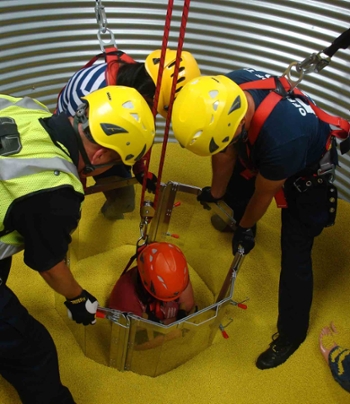Coronavirus outbreak. Two words that have dominated our lives. It’s hit home in my house, and I bet we aren’t the only ones. Isn’t it funny how the lives of 7.53 billion people (not all in my house) can be so radically affected by something we can’t even see? Yet the coronavirus outbreak has cost many of us work, time with friends, and most importantly, our health in many cases. How many cases there are is up for some debate, depending on which of the 24-hour “news” stations you get your information from.
I’ll stick with local news if I have to turn something on to find out what’s going on. My buddy Brian Winnekins of WRDN radio in Durand, Wisconsin, says it best; “These stations aren’t reporting the news. It’s more about entertainment and ratings than factual reporting of the news.” He’s not wrong at all.
But enough about that. I’ve lost paying work because of the coronavirus outbreak. Imagine this; going into the heart of the coronavirus pandemic here in the U.S. and Minnesota, and I get this text message from my boss, Scott Bestul, (who used to be the) editor of the Rushford newspaper: “We’re done.” Gifted wordsmith that I am, I replied, “What?” Our group of a half-dozen newspapers had been sold. To the competition, no less, only adding salt to a gaping wound! Have you ever accidentally gotten salt into an open cut? There’s a reason it’s probably a widely used method of torture. It freaking hurts.
That was my most regular paycheck. By the way, if I didn’t mention it, I’ve been a full-time freelance writer for about four years. Not getting rich but learning to enjoy it. So, the newspaper group is done. Then, I get a message from a second job, the one that pays the most per story, saying “we’re cutting way back because times are tough.” And to be fair, they aren’t just cutting back on freelancers. The editors found out they’re required to take a two week (UNPAID) break anytime between now and June. Just to save a few bucks.
It’s things like this that cause a middle-aged man to question his career choice, you know what I mean? So here I am. I do still have gainful employment with the National Association of Farm Broadcasting (thank the Lord!). However, I’m stuck for regular work to do Monday through Friday.

little more time for chores like that these days. (Photo by Chad Smith)
So, to fill the time while I wait for the stay at home thing to end (which it will at some point), I find myself making some choices I didn’t expect to have to make. I’ve gotten more yard work done here in the early days of April than I got through a rain-plagued May last year. I’m getting some housework done. Cleaned up the office; had no idea what a pigpen it had turned into. It’s immaculate now if I dare say so myself. I get the sense that I’m trying to adjust to a new (temporary) normal. Bet I’m not the only one.
I’ve signed up to take some Bible Classes through the Christian Leadership Institute. Not considering any type of career change at this point. Just trying to draw closer to God during a challenging time in our family (and country, and world) history.
This might be an unpopular question among the more liberal parts of America, or even in the healthcare community; as the coronavirus outbreak winds down, can we please start putting people back to work? We’ve got bills to pay and filing for unemployment doesn’t help cover the bills.
If we feel the need to try and continue the stay at home “orders,” could we just include the most vulnerable parts of our population. All I’m saying is there has to be a fine line, right?
Anyway, good luck to you and your family amid the coronavirus outbreak. Stay healthy. Stay at home. We’re gonna get through this.



















